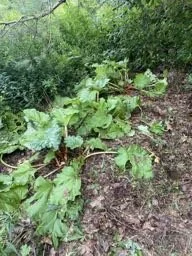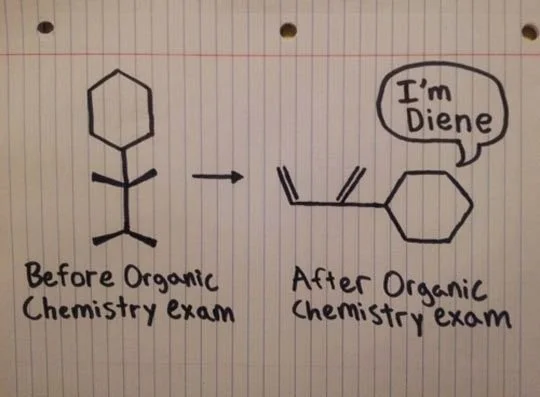Purse-Seine Net Fishing
Recently, we saw a fisherman laying out a string of white buoys and drawing them into a tight circle behind his boat. Next, he will pull on a line attached along the bottom of the circle of netting to draw it tight, forming a trap for any fish in it. That is the “purse." Then the whole thing is then made smaller and smaller until you can literally pick fish out of it with a hand dip net. Keepers go into the boat and scrap fish go overboard.
This technique is called “purse-seining” and it was practiced on an industrial scale in Penobscott Bay years ago. Much larger boats played out enormous nets encircling gigantic, seasonal gatherings of sardines. Sometimes they would net off an entire inlet when huge schools of sardines were known to be there. Then gathering boats could go purse-seining in an ever-smaller area known to have millions of the fish.
Belfast harbor was home to several large “sardine factories” along the edge of the harbor right where the Front Street Shipyard is today. Lines of women in waterproof aprons and hairnets with sharp knives would process millions of sardines into tins. All the waste was simply sluiced off the factory floor into the ocean.
Ultimately the local sardine population crashed and the game was over. When we first moved into this house, the last remains of those factories lined the shore, just weathered, rusting, crumbling cement foundations by then.
Today, we see what we call “fish boils” in the water just offshore. Small, localized areas of the sea are suddenly thrashing with spray. A few fish are leaping out of the water and every once in a while a seal’s head bursts into sight. The seals are circling the fish and feeding. The ball of fish dissipates after a while.
The telescope image below shows a more serious team of fishermen purse-seining off of Bayside. I watched them work for quite a while in pouring rain.
They have pulled their net, with brown floats along the outer edge, in very tight so the boat itself is part of the trap. I could see fish jumping and flailing. The fellow at the front is pulling slowly, hand-over-hand on a line running through a pulley on the aluminum frame to lift the bottom of the purse up and concentrate the fish at the surface. The rear fisherman is methodically plunging his dip net into the boiling mass of fish, lifting heavy loads of big fish into the boat. They are not sardines. The center man, sorts the catch, throwing trash fish overboard and occasionally dropping something into the red bucket. I am guessing it is marketable crabs.
Robert B. Barnes - 12 September 2021
Guys, I spent half an hour watching these three fishermen through my telescope pulling in big fish across the bay.
The image is poor because it was tipping-down-rain at the time. Note their heavy rain gear. Their purse-seine net, with brown floats along its edge, has been drawn in tight to the boat. I could see fish, big fish, splashing and jumping in that now confined space against the boat. The fellow in the bow was using a slow, steady, hand-over-hand motion to pull the line that runs over a pulley on the aluminum frame and is attached to the bottom of the purse-seine net. As he hauled, the fish are driven closer to the surface. The stern-man in red was plunging his dip-net into the turmoil and hauling out the catch. The central character appeared to be hand-sorting fish like mad. Some flew over his right shoulder into the green box, a few (perhaps marketable crabs), were lifted up into the small red bucket, some were simply chucked overboard. Note the three large, open-topped buckets between him and the bow. He may have been sorting the desired fish by size, too. All three worked very hard.
If it were not for the outboard motor, raised up in the stern, so as not to foul their net, this could be a painting by Winslow Homer (1836-1910). See attached for another example of small-scale purse-seining just off our shore.
Rocky, whatever our local fisherman were hauling into their dory, it has attracted the attention of two much larger purse-seine boats. They are about 30 feet long, has a big crane to handle their heavy net, and carry a small outboard motorboat on their back deck. That little craft pulls the net away from the mothership, out into a big circle and then back to the ship to close the trap. We are guessing Atlantic Salmon. Here is a photo at dusk.










